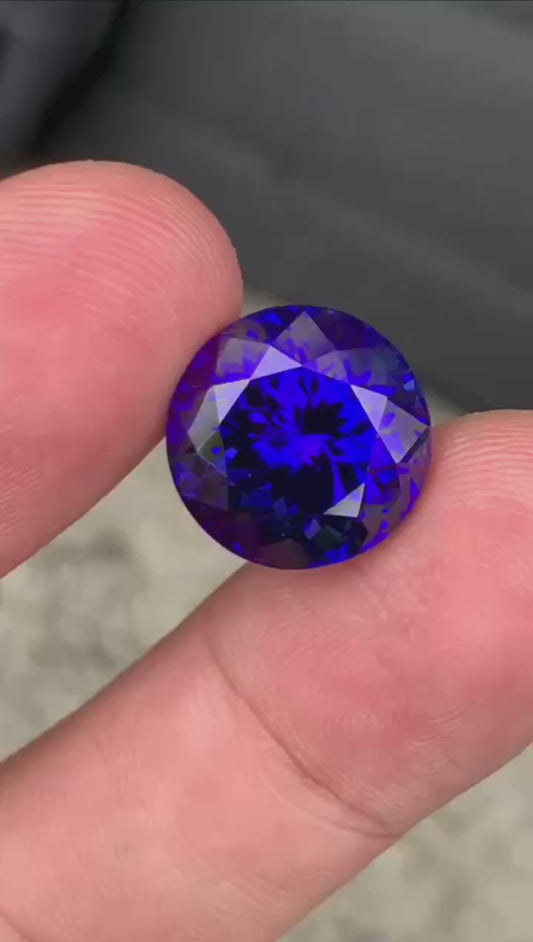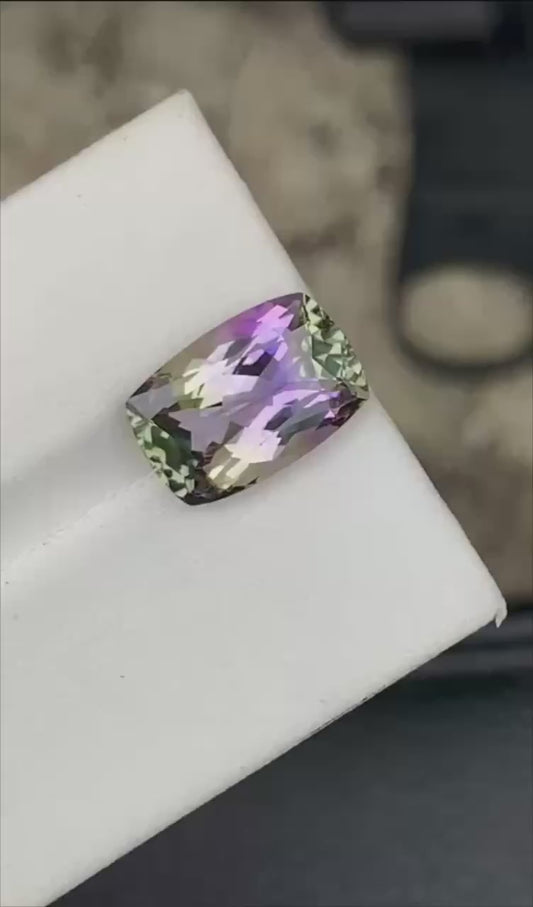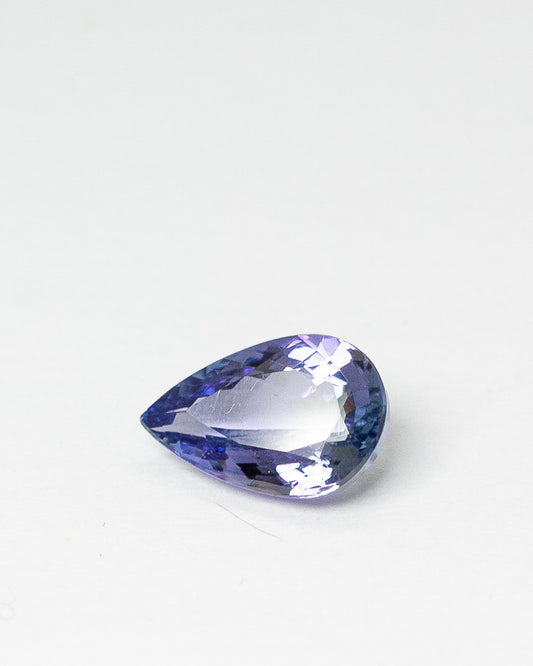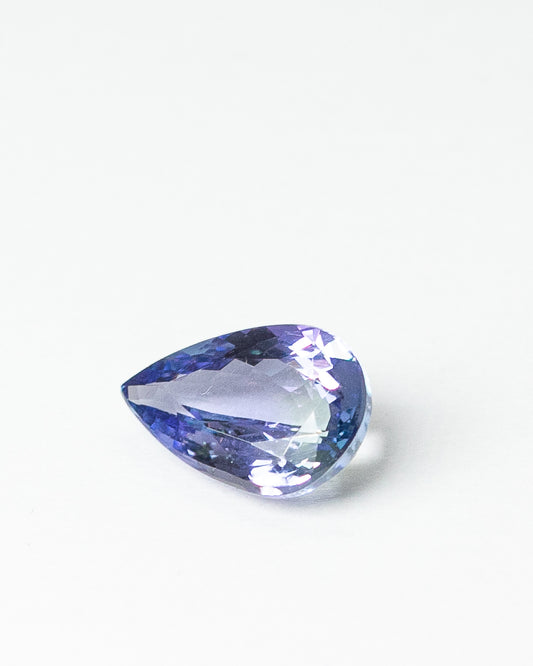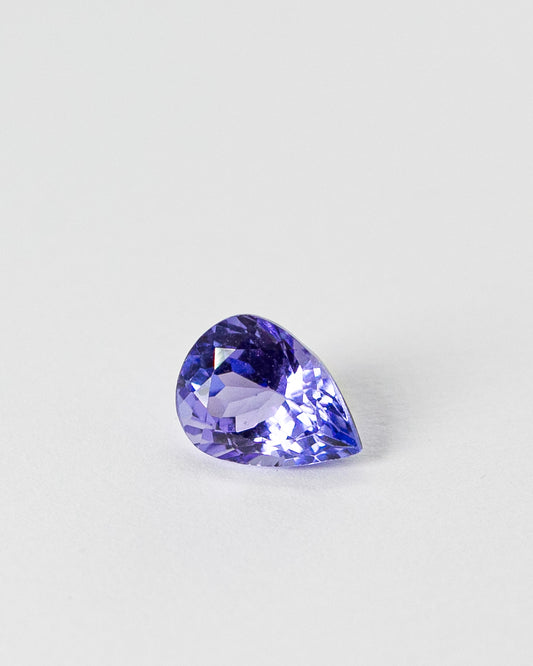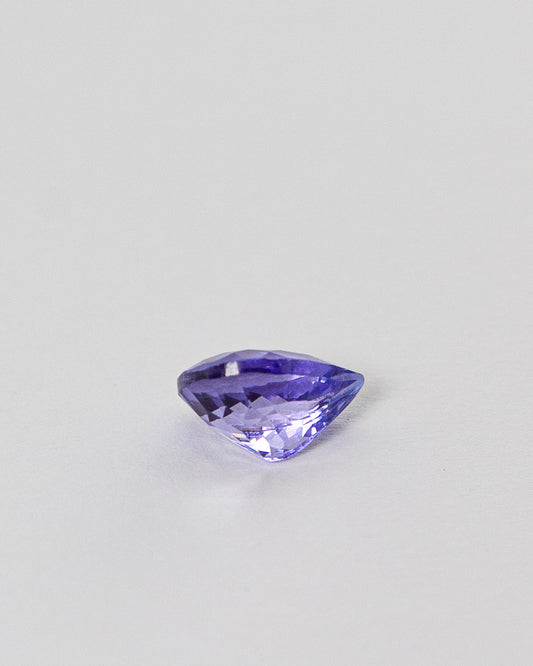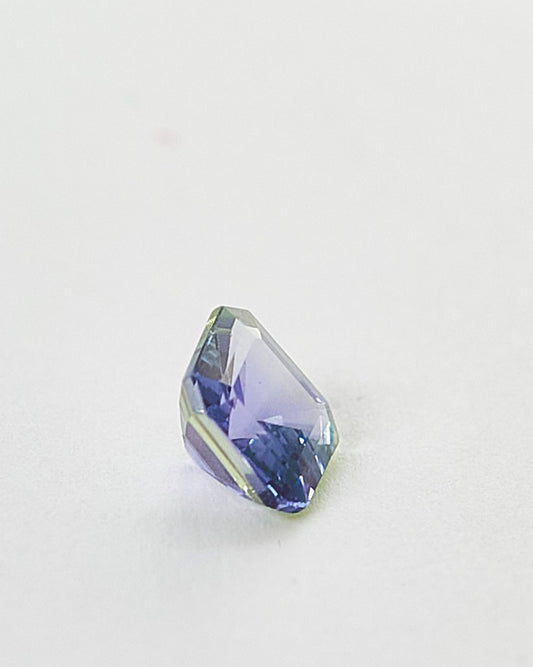Collection: Tanzanites
Tanzanite Birthstone
Tanzanite Meaning and Benefits
Tanzanite Prices
Tanzanites About
In 2002, Jewelers of America officially added tanzanite as a December birthstone. Market experts suggested that this purely commercial decision was heavily influenced by Tiffany & Co., which was actively investing in tanzanite marketing at the time. Since the gemstone was only discovered in 1967 in Tanzania, it has no historical connection to the centuries-old European birthstone tradition, which traces its origins to biblical texts.
Since Tanzanite was discovered relatively recently, it is not mentioned in any traditional systems, whether in lithotherapy or astrology. However, some modern Indian astrologers consider tanzanite as a potential alternative to blue sapphire, the gemstone of Saturn (Shani). In this context, tanzanite is believed to enhance intuition, focus, and discipline, as well as strengthen Saturnian qualities such as asceticism, perseverance, and willpower.
Tanzanite prices vary significantly based on several factors: color, size, and whether or not the stone has undergone heat treatment.
If a tanzanite is unheated but has a rich, saturated color, and this is confirmed by a certification, its price can reach $400–$500 per carat, or even higher, depending on the stone’s beauty.
If a tanzanite exhibits the D-block or Royal Blue color, its price is also around $500 per carat, sometimes more.
The rarest and most valuable shade is Vivid Blue, occurring in only one out of a thousand stones. Last year, I came across only three tanzanites classified as Vivid Blue. The price for such specimens starts at $500 per carat and can be significantly higher.
Size also impacts value. If a tanzanite is unheated but has a watery, pale tone and is small, its price is much lower—around $150 per carat, or even $100 per carat for stones weighing one carat.
The least expensive tanzanites are those that are both unheated and pale in color.
If a tanzanite is unheated but has a rich, saturated color, and this is confirmed by a certification, its price can reach $400–$500 per carat, or even higher, depending on the stone’s beauty.
If a tanzanite exhibits the D-block or Royal Blue color, its price is also around $500 per carat, sometimes more.
The rarest and most valuable shade is Vivid Blue, occurring in only one out of a thousand stones. Last year, I came across only three tanzanites classified as Vivid Blue. The price for such specimens starts at $500 per carat and can be significantly higher.
Size also impacts value. If a tanzanite is unheated but has a watery, pale tone and is small, its price is much lower—around $150 per carat, or even $100 per carat for stones weighing one carat.
The least expensive tanzanites are those that are both unheated and pale in color.
Tanzanite is a rare and highly prized gemstone, known for its striking blue-violet hues. It is a variety of zoisite and was discovered only in 1967 near Mount Kilimanjaro in Tanzania, which remains the only known source of this gem.
1. Chromophore Composition – Tanzanite’s distinctive color is attributed to vanadium, a relatively rare chromophore. Its greenish undertones result from the presence of chromium and iron, while traces of titanium may also be found among its impurities.
2. Hardness – With a Mohs hardness of 6.5, tanzanite is relatively soft compared to other gemstones. It requires careful handling to prevent scratches.
3. Pleochroism – Tanzanite exhibits strong pleochroism, meaning it displays different colors depending on the viewing angle, shifting between blue, violet, and burgundy hues.
4. Clarity – According to GIA classification, tanzanite is a Type I gemstone, typically eye-clean with minimal inclusions. Stones with visible inclusions are generally considered lower quality and unsuitable for fine jewelry.
5. Fragility – Tanzanite is brittle and prone to fracturing upon impact. Extra caution is advised to avoid damage.
1. Chromophore Composition – Tanzanite’s distinctive color is attributed to vanadium, a relatively rare chromophore. Its greenish undertones result from the presence of chromium and iron, while traces of titanium may also be found among its impurities.
2. Hardness – With a Mohs hardness of 6.5, tanzanite is relatively soft compared to other gemstones. It requires careful handling to prevent scratches.
3. Pleochroism – Tanzanite exhibits strong pleochroism, meaning it displays different colors depending on the viewing angle, shifting between blue, violet, and burgundy hues.
4. Clarity – According to GIA classification, tanzanite is a Type I gemstone, typically eye-clean with minimal inclusions. Stones with visible inclusions are generally considered lower quality and unsuitable for fine jewelry.
5. Fragility – Tanzanite is brittle and prone to fracturing upon impact. Extra caution is advised to avoid damage.
-
Tanzanite 3.95ct 5.9×5.9×3.8mm
3.95 ctRegular price CHF 766.83Regular priceUnit price / per -
Tanzanite 3.32ct 8×6mm
3.32 ctRegular price CHF 800.40Regular priceUnit price / per -
Tanzanite 3.43ct
3.43 ctRegular price CHF 732.91Regular priceUnit price / per -
Tanzanite 2.61ct
2.61 ctRegular price CHF 701.04Regular priceUnit price / per -
Tanzanite 3.28ct
3.28 ctRegular price CHF 517.82Regular priceUnit price / per -
Tanzanite 3.41ct
3.41 ctRegular price CHF 860.37Regular priceUnit price / per -
Tanzanite 6.56ct
6.56 ctRegular price CHF 1,826.00Regular priceUnit price / per -
Tanzanite 8.07ct 12.8×10.8×7.1mm
8.07 ctRegular price CHF 2,202.00Regular priceUnit price / per -
Tanzanite 4.5ct
4.5 ctRegular price CHF 1,355.00Regular priceUnit price / per -
Tanzanite 17.27ct 17.5×10.9mm
17.27 ctRegular price CHF 6,829.00Regular priceUnit price / per -
Tanzanite 3.15ct
3.15 ctRegular price CHF 759.00Regular priceUnit price / per -
Tanzanite 10.47ct
10.47 ctRegular price CHF 3,712.00Regular priceUnit price / per -
Tanzanite 4.22ct
4.22 ctRegular price CHF 806.00Regular priceUnit price / per -
Tanzanite 3.69ct
3.69 ctRegular price CHF 686.00Regular priceUnit price / per -
Tanzanite 25.29ct
25.29 ctRegular price CHF 338.00Regular priceUnit price / per -
Tanzanite 4.43ct
4.43 ctRegular price CHF 1,329.00Regular priceUnit price / per -
Tanzanite 3.05ct
3.05 ctRegular price CHF 834.00Regular priceUnit price / per -
Tanzanite 16.83ct
16.83 ctRegular price CHF 6,721.00Regular priceUnit price / per -
Tanzanite 6.07ct
6.07 ctRegular price CHF 1,423.00Regular priceUnit price / per -
Tanzanite in Pear Cut
2.6 ctRegular price CHF 499.00Regular priceUnit price / per -
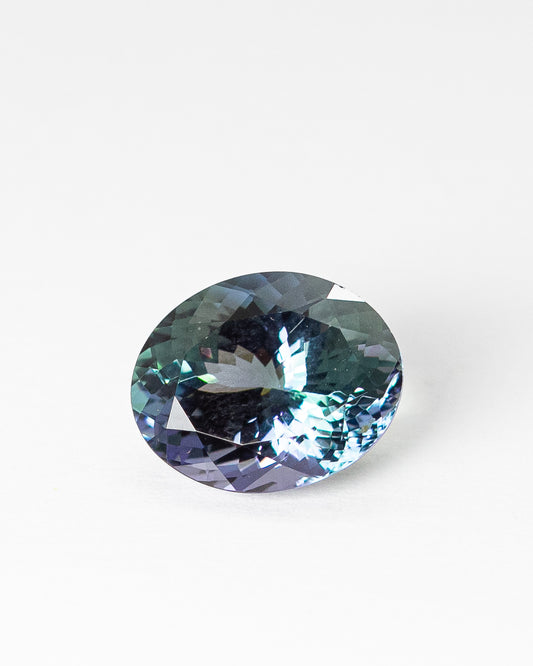
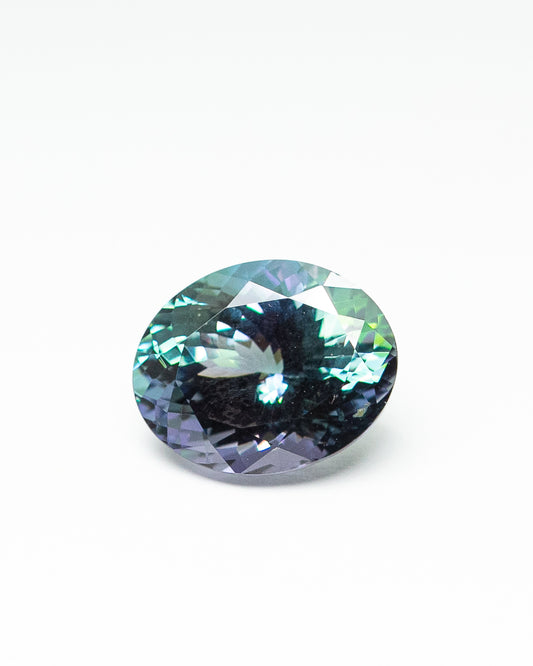 Sold out
Sold outTanzanite (Unheated) 8.05ct
8.05 ctRegular price CHF 1,600.00Regular priceUnit price / per -
Tanzanite 1.95ct in Pear Cut
1.95 ctRegular price CHF 440.00Regular priceUnit price / per -
Tanzanite 1.4ct
1.4 ctRegular price CHF 290.00Regular priceUnit price / per -
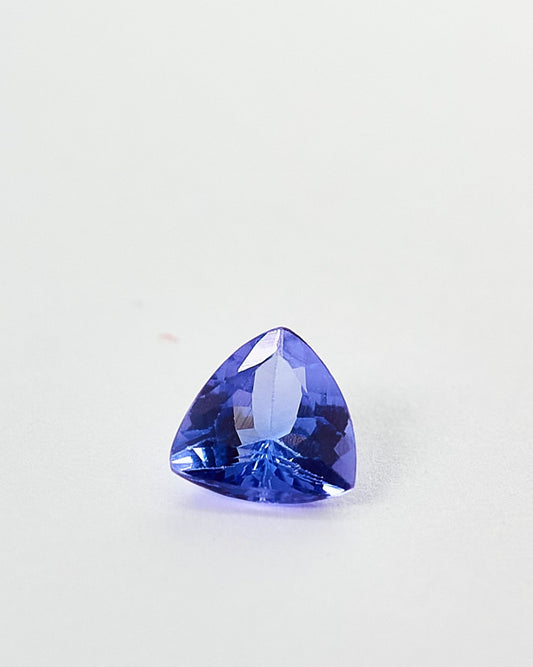
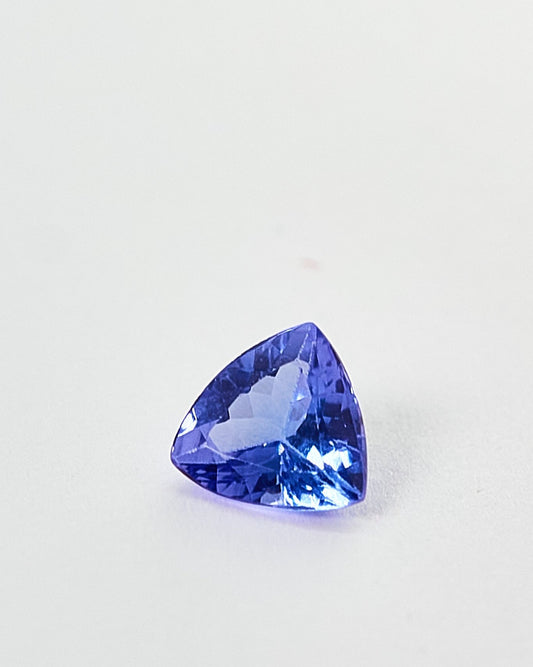 Sold out
Sold outTrillion Tanzanite
1.35 ctRegular price CHF 150.00Regular priceUnit price / per




















